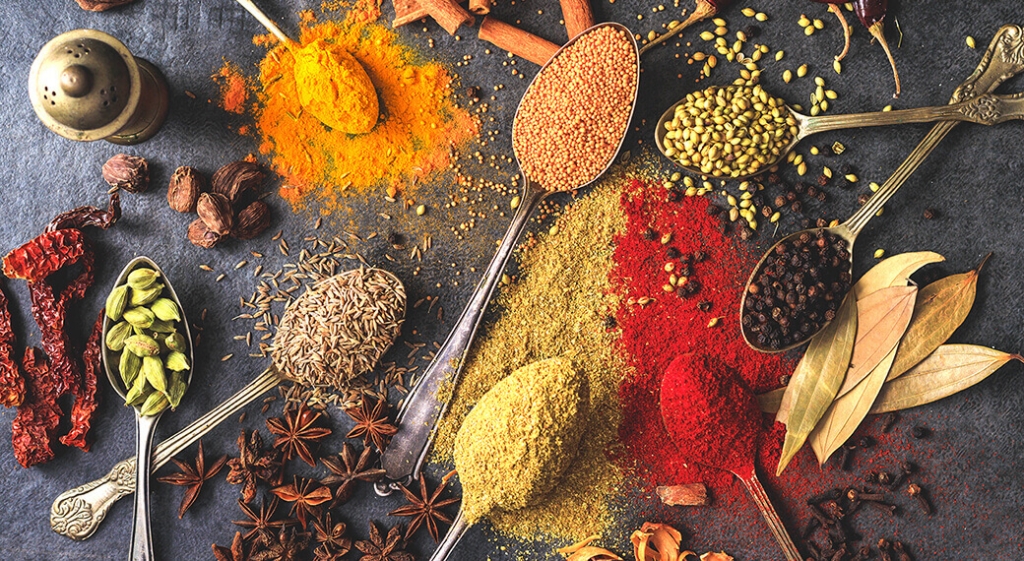People all around the world enjoy eating curry. Yet, the dishes that make up our global appreciation of curry are often disparate in taste, appearance, and ingredients. So, what is curry, really?
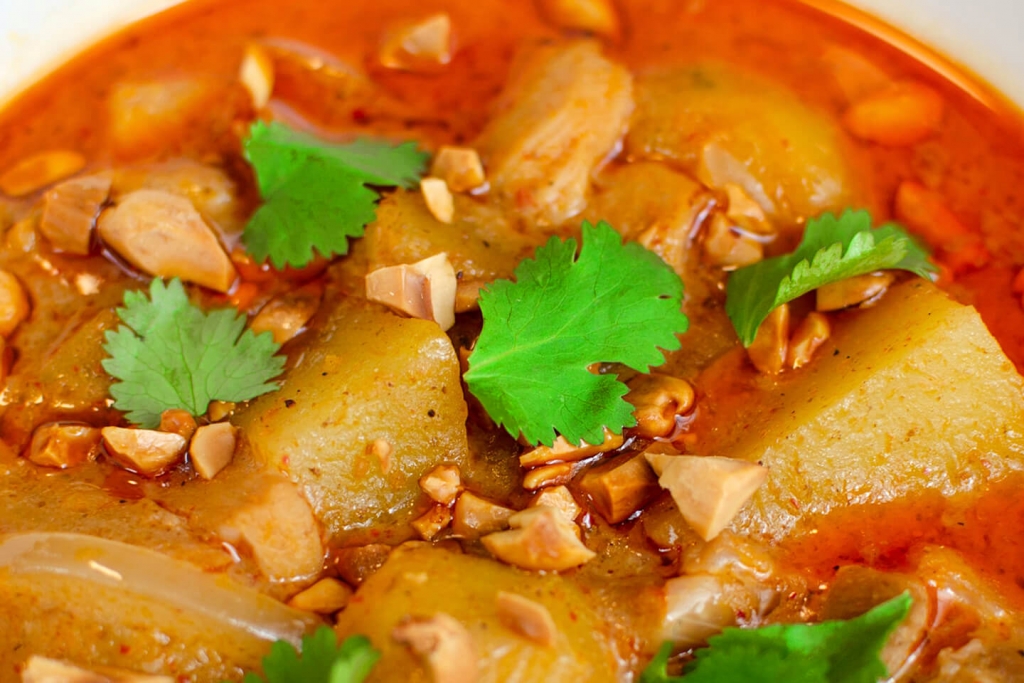
Curry Is Everywhere and Nowhere
Curry is an umbrella term used to describe a spiced sauce or gravy. As a category of food, curry can be sweet or savory, mild or hot, and appear as a soup, stew, or stir fry. Curry is both vague and inclusive, with flavor profiles that vary by country, region, and household. As a dish, it encompasses a vast number of spices, vegetables, and protein and is typically served with a starch such as rice. As you can see, curry is more of an idea or catch-all term rather than a standardized dish.
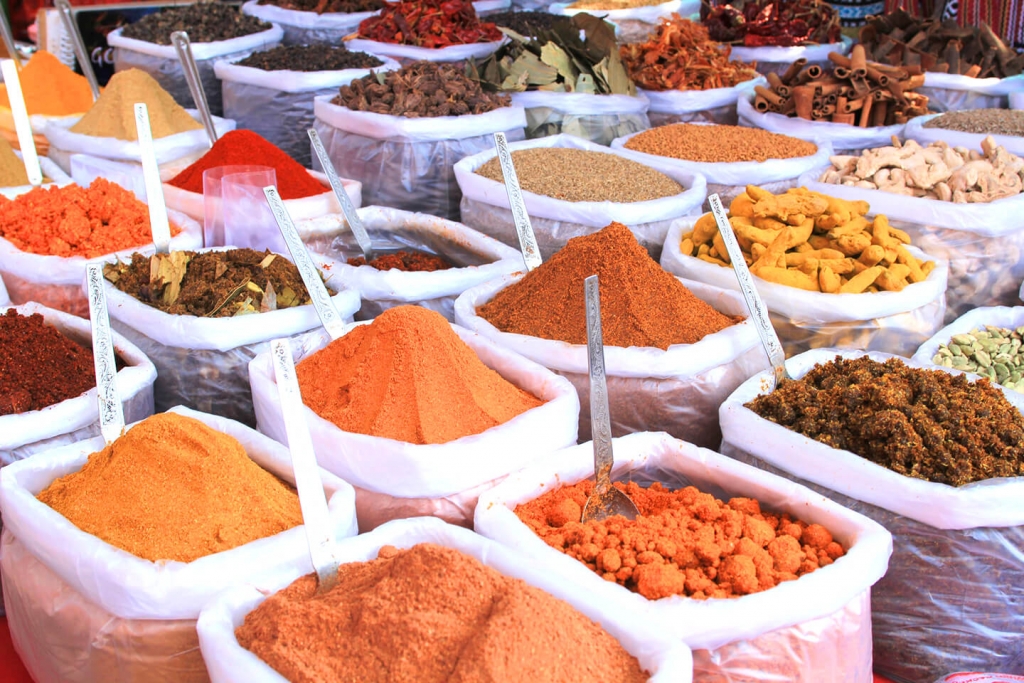
The British Invasion (of India)
To understand “curry” we’ll first need to look at its roots — British imperialism. During their occupation of India that lasted from 1858 to 1947, the British found themselves taken with South Asian cuisine. So much so, in fact, that after their rule ended, the British invented curry powder as means of attempting to recreate the spices they had grown to love.
British-invented curry powder, however, it isn’t a spice mixture that most Indians would recognize. For starters, British-invented curry powder leans heavily on turmeric for its color and mild flavor. Moreover, British curry powder lacks any use of curry leaves, a distinct flavor of many Indian dishes.
The most popular theory canonized by historians is that the word “curry” made its way back to England as an anglicized version of the word kari. In Tamil, one of the 19,500 languages or dialects spoken in India, kari simply means “sauce.”
The British spread their invention and new word, curry, throughout the world. Curry then became popularized due to tourism. The tourism industry in Thailand, for example, found they could sell more food if they labeled it in a way foreigners could understand. This led to the naming convention of popular Thai curries including red curry, yellow curry, and green curry.
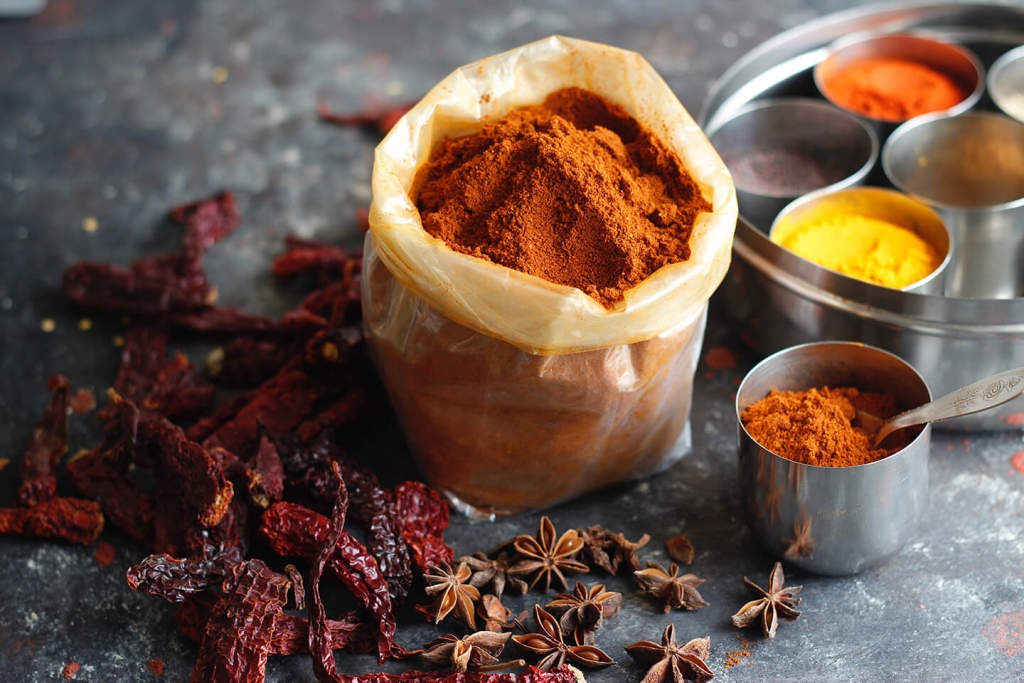
Curries Around the Globe
To further illustrate global differences and similarities, we will now take a closer look at a sampling of nations and their preferred spices and flavors to use in curry.
Curry in India
Despite curry being synonymous with Indian and other South Asian cuisines, the word “curry” isn’t used to describe any particular dish or spice mixture used by Indian chefs or home cooks. Instead, the “curries” of India are called by their proper name (i.e., chana masala, dal, etc.). The closest cousin to British curry power, for instance, is garam masala. Garam means warm or hot and masala refers to a mixture of spices.
Using garam masala in dishes is especially popular in Northern India. Garam masala tends to include cumin, black pepper, cardamom, cinnamon, and cloves as a base of ingredients. However, this spice blend is highly subjective and varies from region to region.
Other popular spices and flavoring used in India include: Fenugreek, Amchoor, Coriander, Tamarind, Mustard Seed, Ginger, Garlic, Onions, Fennel, Anise, Turmeric, Nutmeg, Coconut, and Rosewater.
Curry in Thailand
Thai curries (Kaeng) aren’t as heavy as their Indian counterparts and include spices and flavors such as: Lemongrass, Basil, Ginger, Galangal, Makrut Lime, Coriander, Coconut, Chili Peppers, and Kaffir Lime Leaves.
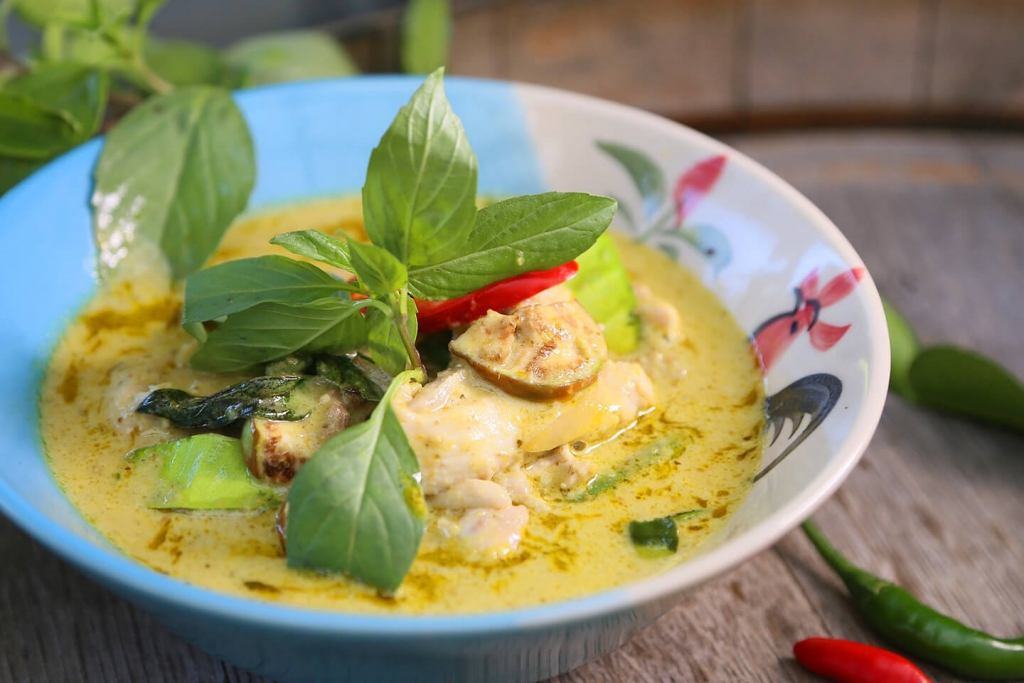
Curry in Malaysia
Malaysian cuisine reflects its history of being the crossroads of trade routes as well as its modern day diverse cultural and ethnic populations. Malaysian curry uses many proteins, lentils, and vegetables, from fish heads to eggplants. One very spicey popular curry in Malaysia is kari debal (devil’s curry). Typical flavors and spices found in Malaysian curries include: Coconut, Shallots, Ginger, Turmeric, Red Chilies, Lemongrass, Garlic, and Tamarind.
Curry in Japan
The British introduced curry to Japan and is therefore categorized as a Western dish. Japanese “kare” is sweeter, thicker, and milder than what we’ve come to expect from a classic Indian curry. Spices and flavors commonly found in Japanese curry dishes include: Tumeric, Corander, Cumin, Cardamon, Nutmeg, Fenugreek, Garlic Powder, Apple, and Cinnamon.
Curry in South Africa
Durban curry is a very popular dish in South Africa. Compared to Indian cuisine, Durban curry is thinner and often spicier with an intimidating fiery red look that brings the heat. A popular way to eat Durban curry in South Africa is in a hollowed-out bread bowl, a dish called “Bunny Chow.” Common spices and flavors used in Durban curry include: Curry Leaves, Black Tamarind, Cayenne Pepper, a traditional Garam Masala, and Tomato.
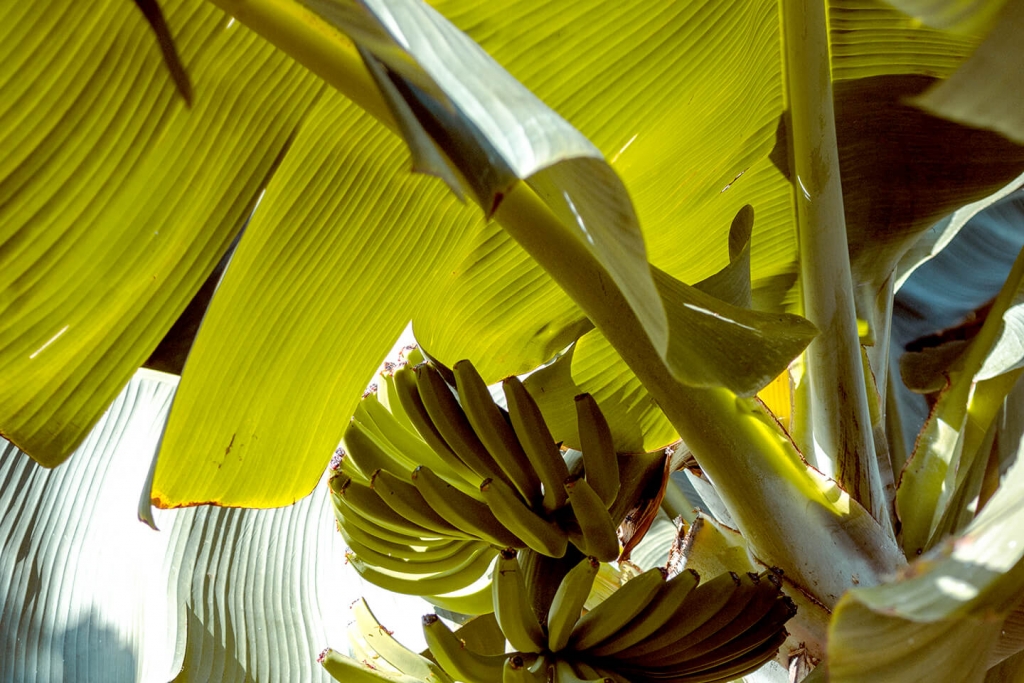
Further Resources
We hope you’ve enjoyed our overview of what curry is and isn’t. For further information, check out Colleen Taylor Sen’s book, Curry: A Global History or Lizzie Collingham’s, Curry: A Tale of Cooks and Conquerors.

